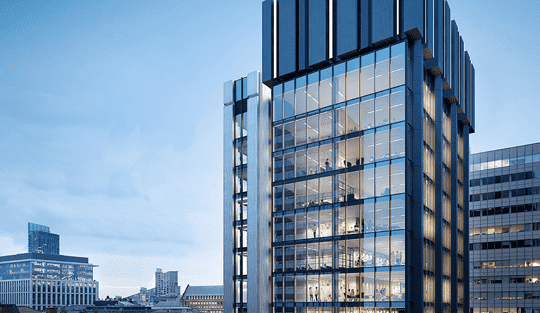With some major infrastructure projects, improved office product and increasingly attractive retail and leisure offering, the occupational and investment markets in UK regional cities are holding strong in the wake of the EU referendum.
Business as usual
The UK economy is estimated to have grown by 1.8% during 2016, a strong performance given the initial uncertainty following the EU referendum, and only marginally below the 2.2% recorded during 2015, according to figures from Oxford Economics.
The Monetary Policy Committee (MPC) have also recently upgraded their 2017 economic growth forecast to 2.0% from 1.4% in November 2016.
However, a number of challenges face the economy during 2017. The first of these will be rising inflation. With weaker Sterling leading to rising input costs, this will continue to cut developer margins. Oxford Economics forecast CPI inflation to reach 3% by the second half of the year. This is ultimately slowing real wage growth, and having a knock on effect to the high street. At 62% of GDP, consumption is the key driver of economic growth, which could suggest growth figures below that of 2016.
With the UK regions' economy well balanced across a range of sectors and therefore more resilient to Brexit, we see this as a driver of continued growth. We expect some London based occupiers looking to save on property costs to relocate their back office functions to regional cities with large talent pools.
Occupational dynamics
For the fourth consecutive year, regional take-up has surpassed the long term average of 9.1m sq ft. Total take-up reached an impressive 9.6m sq ft, despite a year of political uncertainty (Graph 1).
.png)
.png)
.png)
.png)
.png)
.png)
.png)

.png)
.png)
.png)